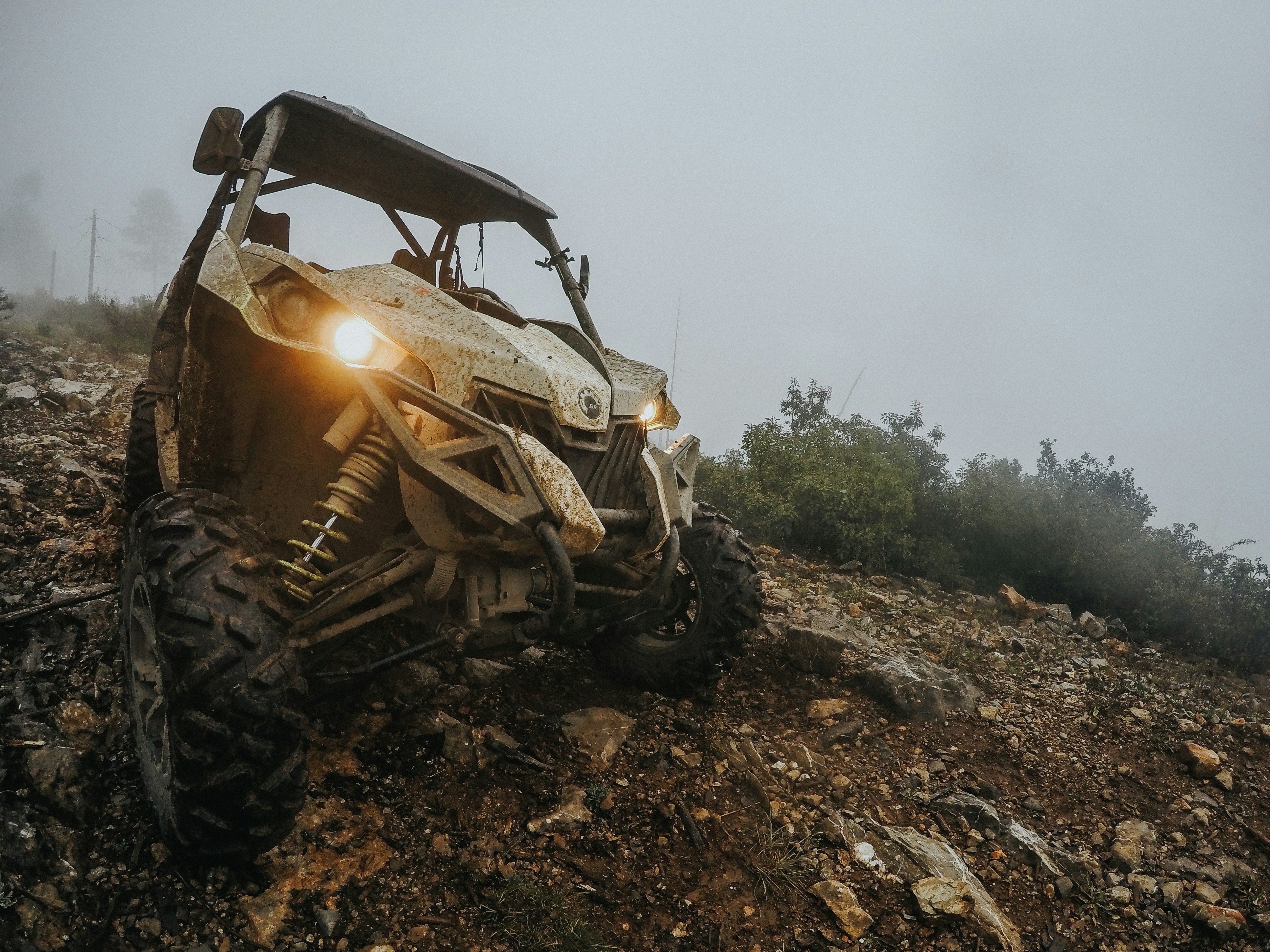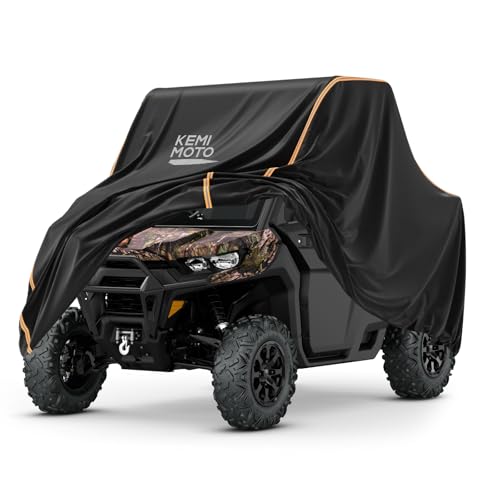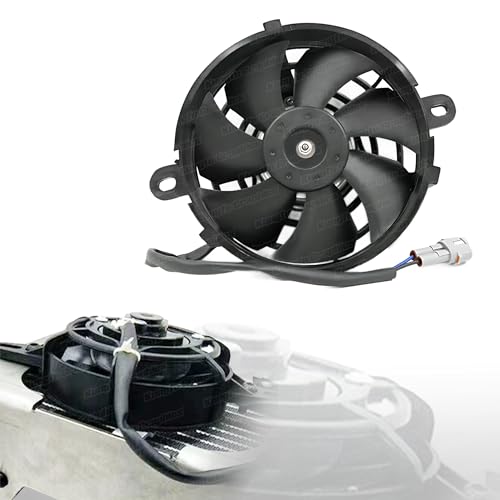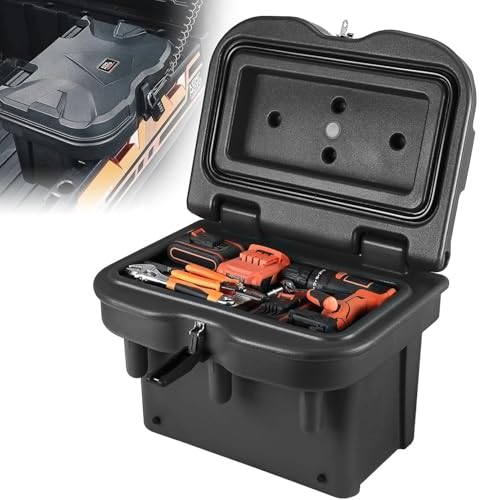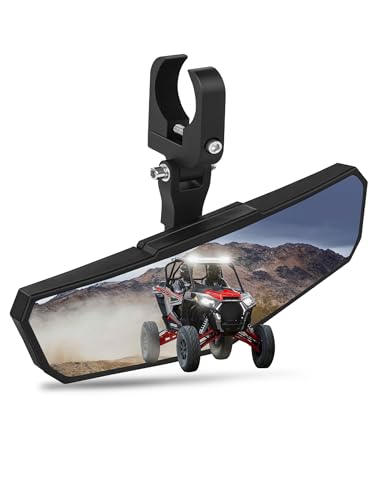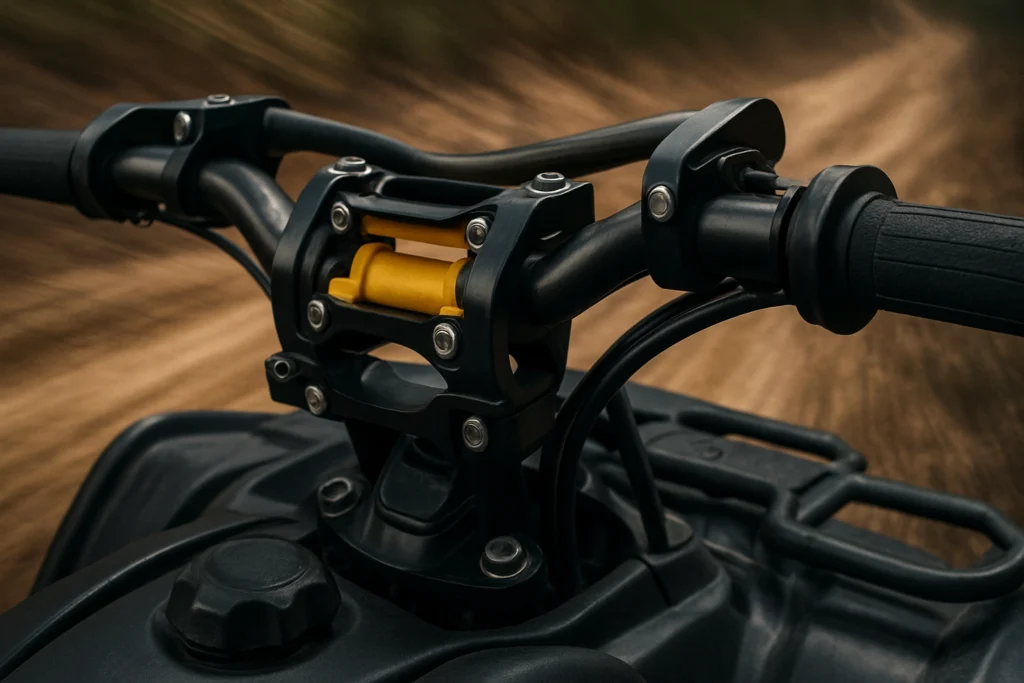UTV overheating refers to the condition where a utility task vehicle’s engine temperature rises beyond the normal operational limits.
This phenomenon is crucial to understand, as excessive heat can lead to severe damage to the vehicle’s engine components and, ultimately, compromise its performance and safety.
Typically, UTVs are designed to endure rigorous environments; however, various factors can contribute to overheating, necessitating vigilant monitoring by operators.
Addressing overheating issues in UTVs is essential not only for maintaining their efficiency but also for ensuring safety during operation.
Ignoring warning signs can result in catastrophic engine failures, decreased vehicle life, and potentially dangerous situations for the operator and passengers.
Thus, it is important for UTV users to be informed about common causes of overheating and to proactively manage their vehicles to prevent it.
There are several symptoms that may indicate a UTV is overheating.
These include the temperature gauge reading higher than normal, an illuminated check engine light, unusual smells such as burning rubber or oil, vapor or steam rising from the engine compartment, and a noticeable decrease in power or performance.
By recognizing these signs early, operators can take immediate action to mitigate damage. Ensuring that users are educated about UTV overheating symptoms and prevention strategies can significantly enhance the longevity and reliability of their vehicles.
Without timely intervention, overheating not only undermines performance but also poses substantial safety risks. Therefore, understanding UTV overheating is imperative for any operator aiming to uphold their vehicle’s functionality and safety standards.
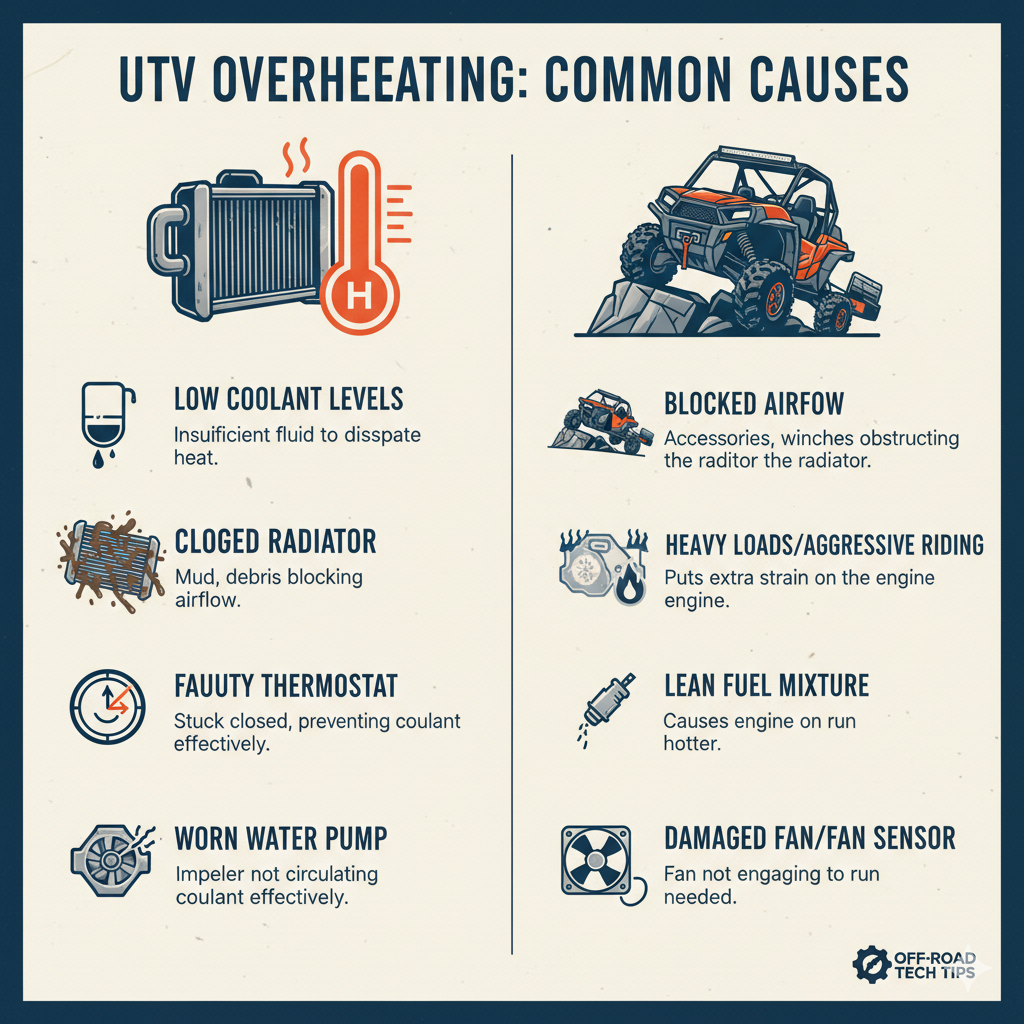
Videos are as random thoughts 💭 💭 💭 🤔…
Common Causes of UTV Overheating
UTV overheating can often be attributed to a variety of mechanical and external factors that compromise the vehicle’s performance.
Recognizing and addressing these causes is critical for maintaining the functionality and longevity of your UTV. One prominent mechanical issue is coolant leaks.
The cooling system is responsible for regulating the engine temperature, and any leaks in hoses or connections can drastically diminish the system’s efficiency, resulting in overheating.
Another mechanical factor contributing to UTV overheating is a worn-out water pump.
The water pump circulates coolant throughout the engine, and if it is damaged or failing, adequate coolant flow may be interrupted. This insufficient circulation can lead to hot spots within the engine, pushing temperatures beyond the safe operating limits.
Similarly, radiator problems—such as clogs or damage—can hinder the heat dissipation process, forcing the engine to work harder and overheat.
In addition to mechanical issues, external factors should also be considered when diagnosing UTV overheating.
Extreme weather conditions, such as high ambient temperatures, can exert additional stress on the cooling system. Heavy loads, especially during strenuous activities or when towing, can also exacerbate the situation.
UTVs are designed to perform optimally under specific conditions, and exceeding those limits may lead to overheating. Furthermore, prolonged use without sufficient breaks can cause the engine to reach temperatures that risk overheating.
Understanding these common causes enables UTV owners and operators to take preemptive measures against overheating.
By regularly inspecting and maintaining the cooling system, monitoring loads, and allowing for cooling periods during use, users can help mitigate the risks associated with UTV overheating.
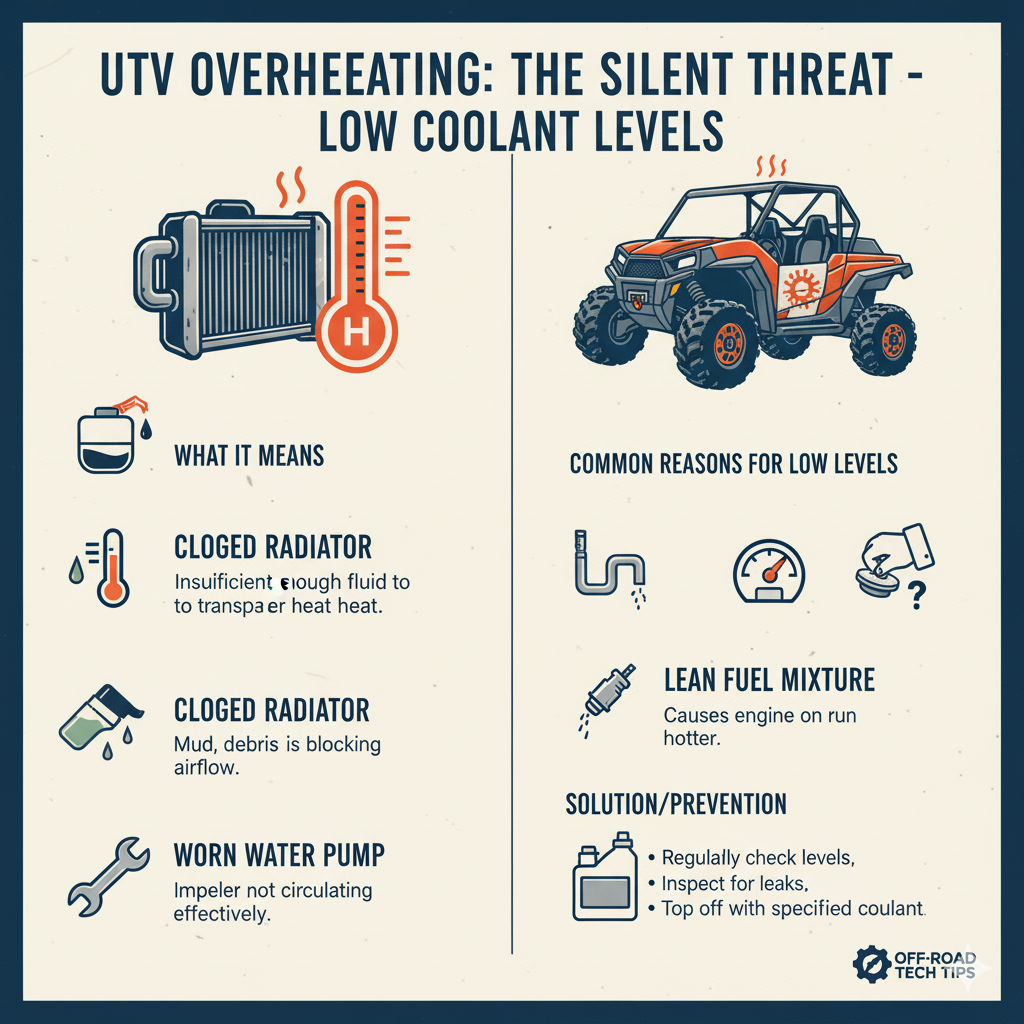
Effects of Overheating on UTV Performance
Overheating in Utility Task Vehicles (UTVs) can have a profound impact on their overall performance, leading to various mechanical problems and decreased reliability.
One of the primary concerns associated with overheating is the potential damage it inflicts on the engine. When a UTV operates at excessively high temperatures, the engine components can warp or melt, leading to serious and costly repairs.
This type of damage is not only detrimental to the engine’s lifespan but can also compromise its ability to function efficiently and effectively.
In addition to the risk of engine damage, overheating can severely reduce fuel efficiency.
An engine strained by high temperatures tends to use more fuel to produce the same amount of power, resulting in increased operational costs.
As overheating persists, drivers may notice a decline in power, which can hinder the UTV’s performance during demanding tasks or terrains.
The loss of power not only affects the vehicle’s ability to navigate difficult landscapes but may also put the driver and passengers at risk in hazardous conditions.
Furthermore, neglecting to address overheating issues can lead to significant engine failure.
Prolonged exposure to high temperatures can cause the internal components of the engine to fail, necessitating a complete engine replacement, which represents a considerable investment.
The initial signs of overheating should not be overlooked, as prompt attention may prevent more severe damage and enhance the longevity and reliability of the UTV.
Regular maintenance, monitoring of temperature gauges, and timely repairs are crucial to preventing overheating.
By acknowledging the seriousness of overheating and its effects on UTV performance, owners can ensure their vehicles remain in good working order, avoiding more extensive and expensive repairs in the future.
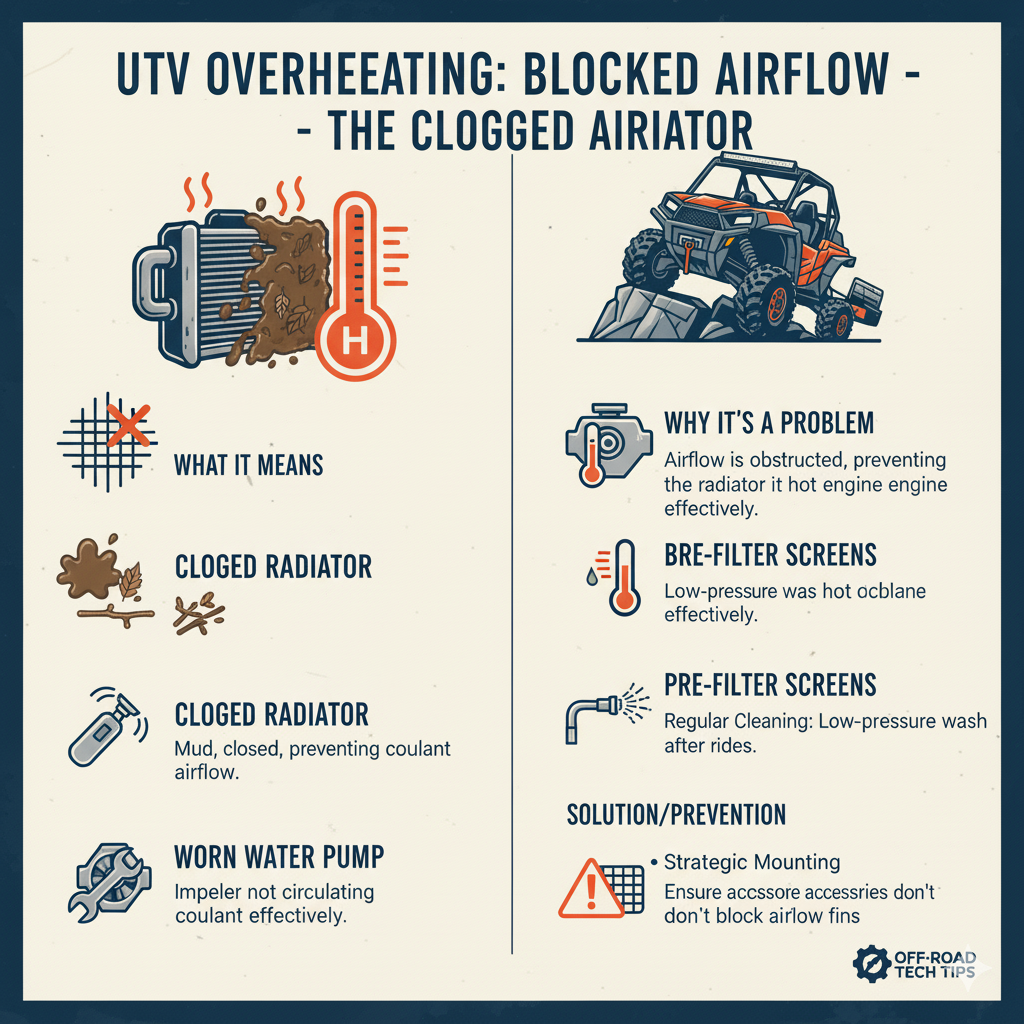
Diagnosing Overheating Issues in UTVs
Diagnosing overheating issues in Utility Task Vehicles (UTVs) is crucial for maintaining optimal performance and ensuring longevity.
Owners should develop an understanding of specific symptoms that may indicate overheating problems. One of the first steps is to monitor the temperature gauge.
A consistent rise above the normal operating temperature range is a red flag and should prompt further investigation.
In addition to monitoring temperature readings, checking the coolant level is essential.
The coolant system plays a vital role in regulating engine temperature. A low coolant level can lead to inefficient cooling, resulting in overheating. Ensuring that the coolant reservoir is filled to the proper mark can prevent such issues.
If the coolant appears discolored or has a burnt smell, it may require replacement or flushing of the system.
Another method of assessing overheating issues is to pay attention to engine sounds.
An overheating UTV may produce unusual noises, such as knocking or hissing, which can signal problems. If the engine seems to be laboring under regular conditions, it could be a sign that it is overheating.
Additionally, observing the behavior of the engine during operation—such as stalling or reduced power—can provide insights into potential overheating complications.
Furthermore, examining the condition of the air filter and radiator is vital. A clogged air filter can impede airflow, making it harder for the engine to cool down.
Similarly, a radiator that is blocked with debris will not efficiently dissipate heat and could lead to increased engine temperatures.
Recognizing these symptoms early can assist in addressing overheating issues effectively.
Regular maintenance checks that include these examinations will not only enhance the UTV’s performance but also alleviate the need for expensive repairs down the line.
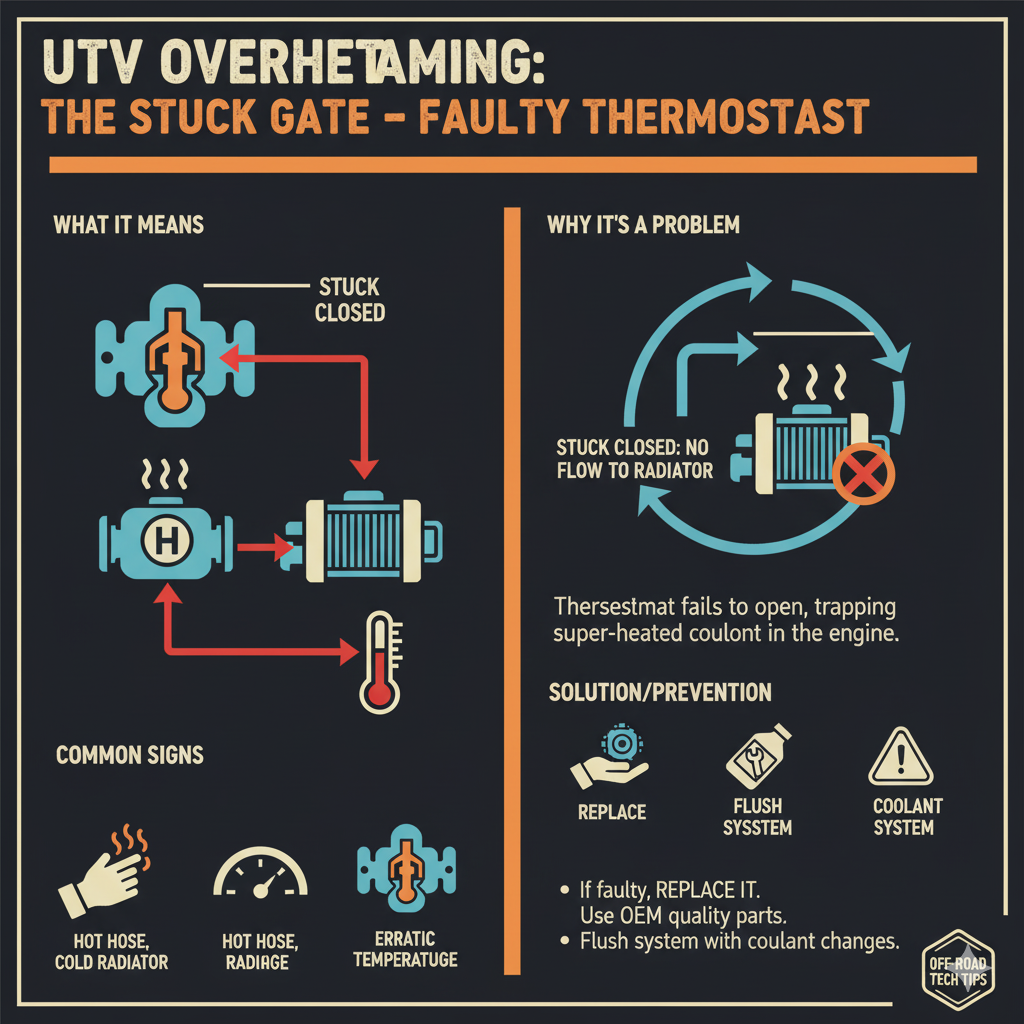
Preventative Maintenance to Avoid Overheating
Maintaining a UTV (Utility Task Vehicle) in optimal condition is crucial for preventing overheating issues that can arise during operation. Regular maintenance tasks play a significant role in ensuring the longevity and efficiency of the vehicle, thus mitigating the risk of overheating.
One of the fundamental practices is performing timely coolant flushes. Over time, the engine coolant can become contaminated or lose its effectiveness, making regular flushes necessary to remove debris and replace old coolant with a fresh mixture that protects the engine from overheating.
Additionally, keeping the radiator clean is vital for the efficient cooling of the engine. Dirt, mud, and other debris can accumulate on the radiator fins, obstructing airflow and hindering its ability to dissipate heat.
Regularly inspecting and cleaning the radiator helps maintain optimal cooling performance, especially in harsh riding conditions where exposure to elements is inevitable.
Another essential aspect of preventative maintenance is the regular replacement of air filters. Clogged or dirty air filters can restrict airflow to the engine, causing it to work harder and potentially overheat.
By routinely checking and replacing air filters, UTV owners can ensure proper air intake, leading to better combustion and improved engine performance.
Lastly, conducting thorough engine inspections is crucial for identifying potential issues before they escalate into severe overheating problems. Regular checks should include monitoring fluid levels, inspecting hoses for leaks, and examining belts for wear and tear.
By adopting these routine maintenance practices, UTV owners can significantly reduce the likelihood of overheating, ensuring their vehicles operate efficiently and reliably during their rides.
Immediate Solutions for Overheating UTVs
When a Utility Task Vehicle (UTV) begins to overheat, it is essential for the operator to act promptly to prevent potential engine damage. The first immediate step is to safely pull over to a location where the vehicle can be parked securely, ensuring that the engine has a chance to cool down.
This pause not only prevents further overheating but allows for a more accurate assessment of the situation without the added stress of driving.
Once the UTV is stopped, the owner should check the coolant levels. It can be beneficial to open the hood and visually inspect the coolant reservoir. If the levels are low, adding more coolant can be a straightforward solution to alleviate the overheating.
However, it is crucial to allow the engine to cool before opening the radiator cap, as doing so when the engine is hot can lead to severe burns from steam or hot fluid.

Utilizing the correct type of coolant as prescribed in the owner’s manual can help ensure optimal performance.
If after adding coolant, the UTV continues to exhibit signs of overheating, it may be time to troubleshoot further. This can include examining for leaks, checking the condition of the hoses, and verifying that the radiator is free from obstructions such as dirt or debris.
While some issues may be resolved on-site, others can require professional attention. If the problem seems complex, or if overheating persists, seeking help from a certified mechanic is advisable to prevent additional damage that could arise from prolonged overheating.
Being knowledgeable about these immediate solutions can aid UTV owners in managing overheating issues effectively, ensuring both safety and the longevity of their vehicles.
Long-term Solutions for UTV Overheating Problems
UTV overheating can be a significant concern for enthusiasts and operators who rely on utility vehicles for various tasks. Addressing this issue effectively requires a combination of practical solutions and preventive measures. One long-term solution is upgrading to a higher-capacity radiator.
A more efficient radiator can enhance the vehicle’s cooling efficiency, allowing it to better manage heat during demanding activities. This upgrade not only improves performance but can also prolong the life of the engine by reducing the risk of damage from overheating.
Another effective approach to mitigating overheating is improving airflow. Modifications such as installing a high-flow air filter can significantly enhance airflow to the engine, which aids in cooling. Additionally, ensuring that the UTV’s cooling fins and air intake areas are free from debris is crucial.
Regular maintenance checks for clogs or blockages are essential to ensure that the cooling system functions optimally.
Improved airflow works hand in hand with a top-tier radiator to minimize overheating incidents.
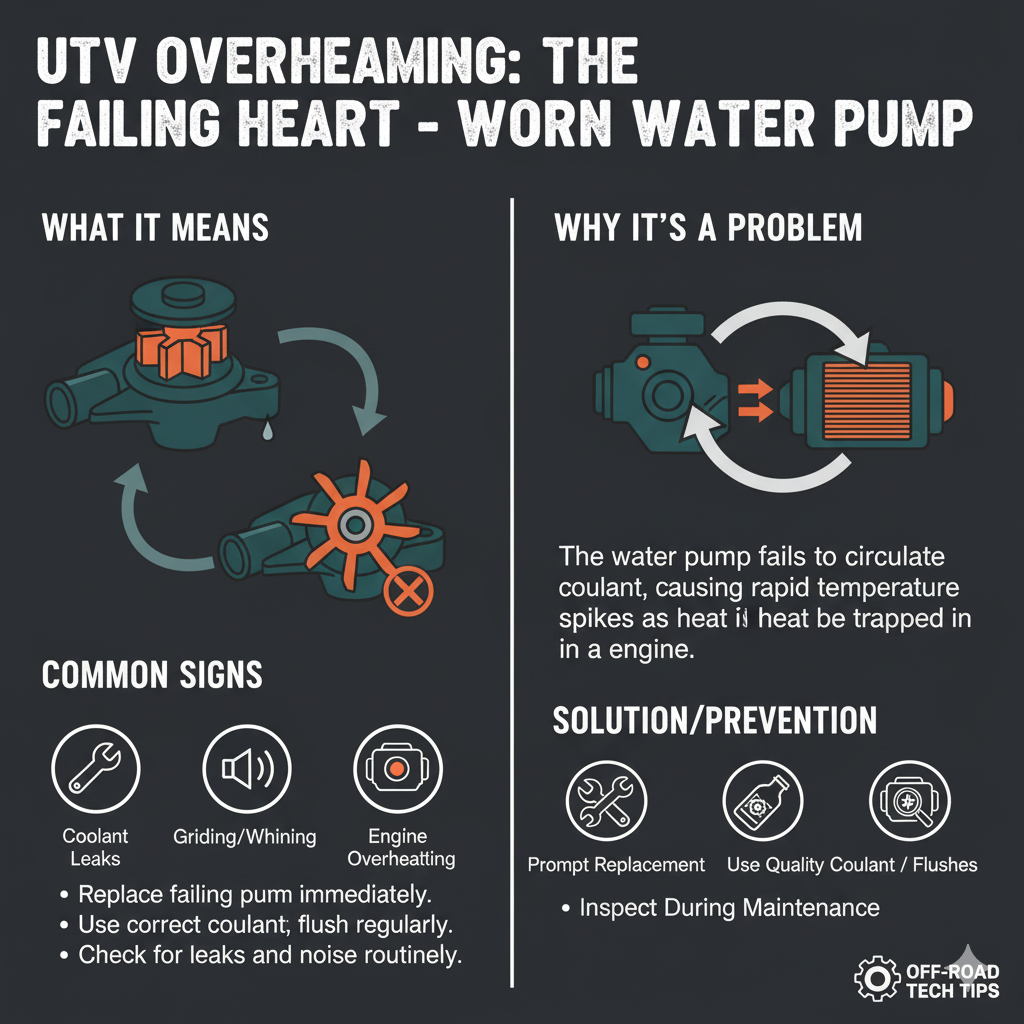
Investing in temperature monitoring systems can also serve as a proactive measure against overheating.
These systems provide real-time data about the engine temperature, allowing operators to take action before the situation spirals out of control.
Integrated digital gauges and alarms can alert the user, enabling them to adjust their driving style or take necessary breaks. This technology enhances the overall experience of operating a UTV and reduces the chances of overheating.
Finally, for persistent overheating issues despite implementing DIY solutions, seeking professional inspections is vital.
Experts can diagnose deeper mechanical problems that may not be apparent, such as radiator leaks or faulty thermostat issues.
Consulting a professional can lead to comprehensive solutions that address the root causes of chronic overheating and ensure a safe and enjoyable UTV experience.
Choosing the Right Equipment for UTV Cooling
When it comes to addressing UTV overheating issues, selecting the appropriate equipment plays a pivotal role in maintaining optimal operating temperatures.
Several aftermarket parts and enhancements are available to improve your UTV’s cooling system, ensuring efficient performance even under demanding conditions.
One of the primary components to consider is the radiator. Upgrading to a high-performance radiator can significantly enhance the cooling capacity of your UTV.
Look for radiators constructed from durable materials, such as aluminum, which offer better heat dissipation properties compared to stock options.
Additionally, consider radiators with an increased core size or multiple rows, as these variations can provide superior cooling performance, particularly useful for riders who frequently navigate rugged terrains or engage in prolonged riding sessions.
Another important upgrade involves the cooling fan. A high-quality, high-flow fan can further assist in dissipating heat effectively.
When choosing a fan, pay attention to its size and airflow rating to ensure compatibility with your UTV model.
Some aftermarket fans come equipped with adjustable thermostats, allowing you to regulate operation based on temperature thresholds, ensuring that coolant circulation meets the demands of various riding conditions.
In addition to radiators and fans, consider investing in a coolant additive. These additives can help enhance thermal transfer and protect the components of your cooling system from corrosion.
Make sure the additive you select is compatible with the coolant type in your UTV to maximize its effectiveness.
Furthermore, it is advisable to also inspect and replace hoses and fans as needed, as worn out components can hinder the overall cooling efficiency.
By carefully selecting high-quality radiators, fans, and additional cooling enhancements designed for your specific UTV model and usage requirements, you can significantly mitigate the risk of overheating, ultimately preserving the longevity and performance of your vehicle.
Conclusion and Final Tips
As we have explored throughout this blog post, understanding UTV overheating is crucial for maintaining optimal performance and ensuring longevity.
The causes of overheating can range from insufficient coolant levels and clogged radiators to faulty thermostats and improper air circulation.
Each of these factors can significantly impact the efficiency of your UTV. Therefore, it is vital to adopt a proactive approach toward vehicle maintenance.
To effectively manage the risks associated with UTV overheating, regular inspections of key components, such as the cooling system, fluids, and air filters, are essential.
By establishing a routine maintenance schedule, you can identify potential issues before they escalate into significant problems. Furthermore, keeping the engine clean and ensuring that it is well-ventilated will promote better cooling and reduce the likelihood of overheating.
Regularly checking the coolant levels and replacing old coolant is also crucial for efficient temperature regulation.
Additionally, be mindful of your UTV’s operating environment. Extreme conditions, whether they involve high ambient temperatures or steep terrains, can exacerbate the risk of overheating.
Adjusting your driving style to these conditions—such as taking frequent breaks, reducing your load, and monitoring engine temperature—can further mitigate the chances of overheating.
Furthermore, staying informed about any recalls or technical service bulletins related to your UTV model will help you address potential issues before they lead to overheating.
In conclusion, by remaining vigilant and informed about your UTV’s health, you can ensure a safe, reliable performance.
Implementing these tips and making maintenance a priority will extend the life of your UTV while minimizing the risk of overheating, allowing you to enjoy your off-road adventures fully.

